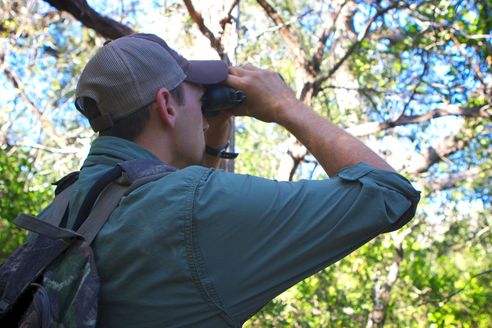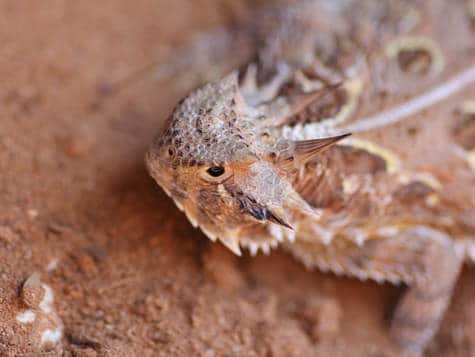Protected Species Services
Services We Provide
- Protected Species Surveys
- Habitat Assessment, Restoration, and Creation
- Biological Monitoring and Territorial Mapping
-
Endangered Species Act:
- Section 10(a) Permitting and Habitat Conservation Plan (HCP) Development
- Section 7 Consultations
- USFWS Conservation Bank Planning and Development
-
Central Texas Regional HCP Participation Applications:
- Williamson County
- Travis County
- Hays County
- Comal County
- Bexar County
- Bastrop County


Why Survey For Protected Species?
Laws and Regulations
The Endangered Species Act of 1973, as amended (the Act), provides for significant protection of plant and animal species that are listed by the federal government as “endangered” or “threatened.” Pursuant to Section 7 of the Act, federal agencies are required to consult with the US Fish and Wildlife Service (FWS) on federal actions that may affect a listed species (e.g., US Army Corps of Engineers Section 404 permitting, federal funding, federal property sale or transfer, etc.). Non-federal entities (i.e., state agencies and private concerns) not requiring a federal permit for their proposed project are also required to comply with the Act through Sections 9 and 10. Prohibitions against the take, harm, or harassment of listed endangered or threatened species are broad, and penalties for their violation may be severe. Only biologists determined to be qualified by the FWS can obtain research permits prior to conducting activities involving listed species (e.g., species surveys, capture, etc.).
Section 9 of the Act prohibits the “take” of any federally listed species. “Taking” is further defined as harm or harassment (including to pursue, hunt, shoot, wound, kill, trap, capture, or collect, or attempt to engage in any such conduct) of individuals of a protected species and, under certain circumstances, the destruction of habitat. Prior to an amendment to the Act in 1982, there was no recourse other than to avoid at all costs the “take” of a protected species. The 1982 amendment provided flexibility in regulating the “incidental take” of a listed species by allowing the FWS the authority to issue permits for same under special conditions. The permit is referred to as a “10(a) Permit” and requires close coordination with federal, state, and public interests throughout the review/approval process.
What Is Involved In A Protected Species Investigation?
Generally, protected species investigations are comprised of the following phases:
Phase I – Determination of the potential occurrence of threatened or endangered species (e.g., existing habitat, previous records, etc.)
Phase II – Conduct tract-specific field surveys to determine the actual utilization of existing habitat by the species of concern.
Phase III – Assist the landowner/developer in the development of management plans for species of concern occurring on a particular tract of land.

Contact Our Team
Find out how the highly trained professionals at Horizon can help your project succeed.
